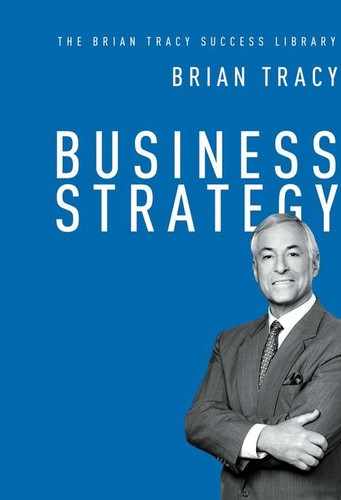Organizational Structure Makes a Difference
How is your company structured? Are decisions centralized or are they mostly decentralized to business units and subsidiaries? Do you have operations scattered around the globe or are you grouped in one location, with everyone under the same roof—from production to sales and marketing?
When business leaders think of strategy, they think a lot about product development and sales and marketing. But the structure of your company can make a big difference in the successful implementation of your strategy.
Wharton professor Lawrence Hrebiniak writes about the importance of connecting strategy with structure. If your structure is not aligned with your strategy, even the best strategy can fail.
Hrebiniak asks: What parts of your strategy are going to impact the structure you choose? And what parts of your structure are important in the execution of your strategy?
For example, if you make a commodity product, your strategy is going to be based on becoming a low-cost producer. In this case, your structure is intended to achieve economies of scale and scope. What can you standardize? How can you reduce costs? What tasks can you make repeatable?
If your strategy is to be a specialist company, making something for a certain type of customer, or if you have a geographic focus, then you probably want to be decentralized into different business units. But you still need to coordinate across your decentralized units.
If you have a differentiation strategy (see Chapter Ten), then you should create different business divisions for your high-end or low-end products.
For global operations, your structure must be able to support your worldwide products, but at the same time you have to take into account different geographical preferences. In this case, a matrix organization is a good structure: You can focus horizontally on your products and focus vertically on the different geographic markets.
The Centralization Decision
The structure question that most companies have to ask themselves is: Do you centralize or not? Do you push decisions down the organization to your divisions or business units, or do you keep them at headquarters?
A McKinsey Quarterly article identified three fundamental questions to ask when making the centralization decision. If there is a “no” answer to all three of these questions, the company should not centralize. One “yes” answer, however, is all that’s needed to move forward with centralization.
1. Is centralization mandated? In other words, is it required? There are certain decisions that by law have to be made by the CEO. But for most decisions, who handles the decision is up to the company.
2. Does centralization create significant value? If you are going to take something away from your business unit heads, there should be a good financial reason. The McKinsey Quarterly article suggests 10 percent return on the decision.
3. Are the risks low? If you’ve answered “no” to the first two questions, then the only reason to move forward with centralization is because there’s little risk of the typical bad side effects of centralization (e.g., stifled initiative or the inability to tailor products for local markets).
Strategy is formulated at the top, but it must be adopted by everyone throughout the organization. In the previous chapter, I noted that it’s best that top management communicate directly with all levels of the organization. But when it comes to implementing the strategy, centralizing decisions related to that strategy should be done very carefully. Unless you can answer “yes” to the three previous questions, put the day-to-day implementation of your strategy in the hands of your division and business unit leaders. But stay in close contact in case the strategy goes off the track for whatever reason.
